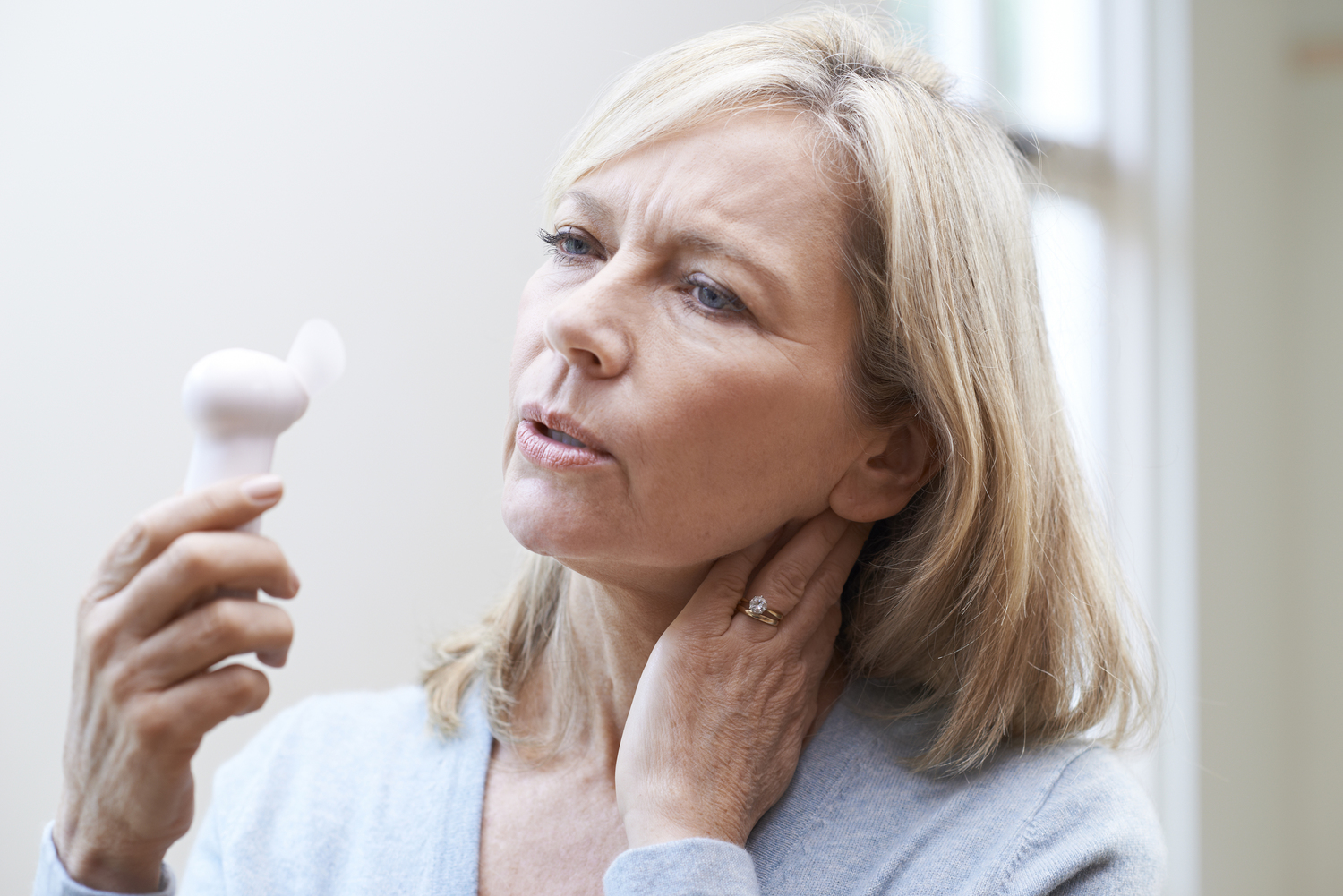Understanding Life After Menopause: Key Insights
This guide offers essential insights into postmenopause, highlighting common symptoms, long-term health risks such as osteoporosis and heart disease, and practical tips for maintaining a vibrant, healthy lifestyle after menopause. Emphasizing active living and regular medical check-ups, it aims to empower women to embrace this life stage confidently.

Menopause signifies the end of a woman’s reproductive years. During the transitional phase, women often experience hot flashes, skin redness, anxiety, and irregular periods, which typically diminish after one or two years. The unpredictable menstrual cycles make it challenging to predict ovulation, increasing the likelihood of conception. While pregnancy is possible, conceiving during this time carries risks of genetic abnormalities like Down’s syndrome and physical defects. Hormonal changes may also lead to long-term health issues such as vaginal dryness, insomnia, weight gain, urinary infections, heart problems, and osteoporosis.
Osteoporosis results from decreased estrogen levels, leading to bone density loss. Regular weight-bearing activities, such as walking, can help mitigate this. Heart disease risks may also rise, with lifestyle modifications like exercise, diet, and managing blood pressure being effective management strategies. Hormone therapy is now reserved for severe cases, due to potential risks. Maintaining an active lifestyle, balanced diet, and regular health check-ups can lead to a fulfilling, healthy postmenopausal life. An active sex life remains beneficial, with options available to address vaginal dryness, debunking outdated concerns about intimacy during this stage.
Embracing postmenopause positively involves staying active, social, and attentive to health. Women are advised to consult healthcare providers regularly. With proper care, postmenopause can be a vibrant and rewarding phase of life, free from unnecessary restrictions.










